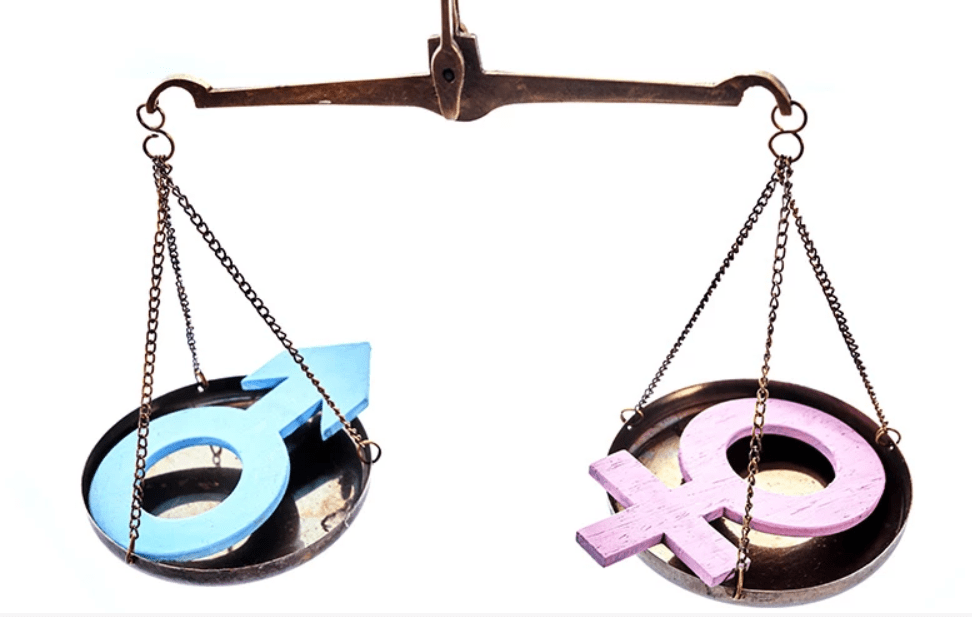Globally, women’s rights have expanded significantly over the past decades. By 2023, 162 economies worldwide had enacted legislation protecting women against domestic violence. Despite this progress, women enjoy less than two-thirds of the legal rights available to men. Women continue to face significant legal and economic barriers, with many countries lacking essential protections and equal opportunities. For example, women earn just 77 cents for every dollar paid to men, and 92 economies lack provisions mandating equal pay for work of equal value. Moreover, only 44 percent of the legal provisions supporting women’s entrepreneurship are in place globally. The global Women, Business and the Law (WBL) score has improved markedly, rising from 45.8 in 1970 to 77.1 points in 2023.
One overlooked factor contributing to this persistent gap is the role of language, specifically gender marking in language, which shapes societal structures, including legal systems. Language, more than just a tool for communication, influences our perception of the world and consequently our actions, as posited by Benjamin Lee Whorf’s linguistic relativity theory. This blog explains how gender marking in language affects gender equality within legal frameworks. By examining the grammatical structures that denote gender distinctions in various languages, we explore how these linguistic features not only mirror but also reinforce cultural gender roles. We present evidence showing that countries with languages that heavily mark gender tend to have laws and regulations reflecting these biases, often to the detriment of women’s rights and equality.
Researching Correlations Between Gender Marking and Sex Inequality
Previous research has found that language can affect the way individuals understand the world. For instance, language has been shown to affect loan spreads, pro-environmental behavior, savings rates, health behaviors, and retirement assets (see this paper for a complete review). More specifically, gender marking in language has been identified as a significant factor influencing women’s economic outcomes. This involves various linguistic features that denote gender distinctions, such as pronouns, verb forms, adjective agreements, and noun classes, which collectively impact cognitive and social behaviors. For instance, in English, the explicit differentiation between “he” and “she” provides a clear example of gender marking. Similarly, languages like French and Spanish require verbs and adjectives to be of the same gender as the nouns they describe. To take another example, in German, the use of gender-specific articles — “der” for masculine, “die” for feminine, and “das” for neutral — further emphasizes gender distinctions in noun classification, affecting cognitive associations. Russian introduces additional complexity with gendered past tense verb forms, embedding gender deeply into daily language use.
Applying that idea to research on legal equality/inequality between men and women may thus allow us to understand the mechanisms through which gender markers in language affect equality in law. Authors show that individuals speaking a highly gendered language are more likely to exhibit adverse social norms towards women. Using an international survey, authors demonstrate that a higher degree of gender marking in a language affects the likelihood for the speaker to support inequality in law. Showing the impact of gender marking across diverse areas of domestic law (family law, contract law, criminal law, etc.) allows to highlight the nuanced ways in which language not only reflects, but actively constructs social reality.
A Strong Parallel Between Inequality Before the Law and Gender Intensity of Languages
The findings suggest that languages with extensive gender marking might inherently support traditional gender roles, which are then mirrored in the legal provisions of national labor and family law. Authors do not, however, find an effect of gender marking in language on laws related to violence. This tends to indicate that while linguistic factors can influence certain legal frameworks, addressing violence against women requires a broader, more comprehensive approach. Legal reforms aimed at combating gender-based violence must go beyond linguistic adjustments to include tackling deeper societal, cultural, and institutional barriers.
Law-Makers Should be Aware: Language Matters
This research underscores an important message: language matters in law-making. As we strive towards a society where gender equality is realized, reevaluating the role of language in legal contexts becomes crucial. Addressing the linguistic underpinnings of legal norms allows to take significant strides towards dismantling the structural and sometimes unnoticed barriers to gender equality. Policymakers, legal professionals, and lawyers are thus called upon to consider language not just as a tool of communication but as, the famous sociologist Pierre Bourdieu once wrote, as “a builder of worlds” — worlds which ought to reflect the principles of equality and justice for all. Leading back to Alexander von Humboldt’s impression that language could be a “ideological mould” (W. von Humboldt, Sur le caractère national des langues et autres écrits sur le langage, Seuil, rééd. 2000, p. 81).
Source:https://blogs.worldbank.org


